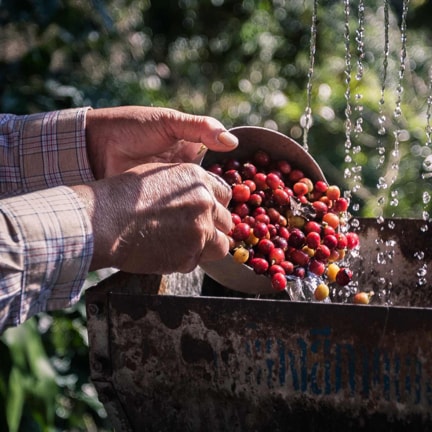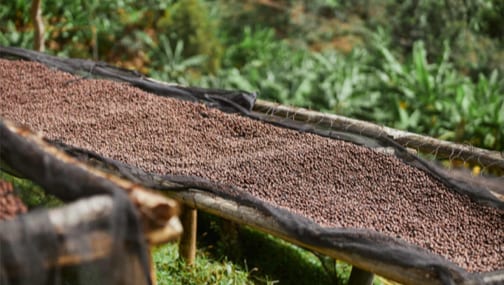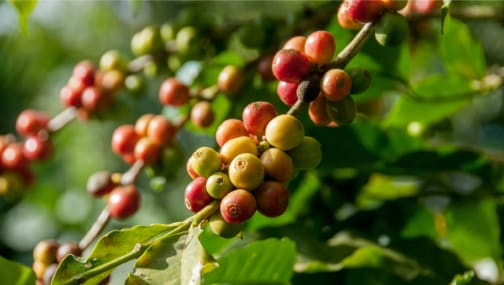
Trends & Lifestyle
Not all coffees taste the same. The fact is that they have different aromatic profiles depending on the variety and roasting style. You might also be unaware that there are other factors that can influence the product that ends up in the cup, including the post-harvest processing method. Let’s take a look…
We know that a coffee can be bitter or acidic, but there are a multitude of nuances between the two. They are also dependent upon the process used after the cherries are harvested. There are two main techniques to remember: washed or natural, in other words, ‘wet’ or ‘dry’, and they each create a distinctive taste in the cup.
A coffee that has been treated using a wet process will produce a very pure cup with a heavy acidic presence. One of the aromatic characteristics of so-called washed coffees is essentially based on fruity and citrus notes. Lightness is a predominant factor, which sometimes explains a lack of body. Nevertheless, these coffees have the advantage of a very precise and intense profile.
A dry-processed coffee, on the other hand, unveils other qualities in the cup. Authentic aromas are characterised notably by the sweetness and evident roundness resulting from a totally natural drying method using sunlight. Consumers who like full-bodied coffees should find this type of coffee to their liking. Natural coffees tend to be fruity or floral and evocative of certain aspects of the wine world, instantly conjuring up images of farms. This unique characteristic of coffee that is dry-processed after harvesting is the result of a traditional technique that has the added bonus of not requiring water.
In both cases, the coffee cherries are fermented, but in a carefully controlled manner so as not to sully the flavour of the harvested coffee, that is to prevent it from tasting like potatoes or decaying food.
About natural coffee (dry process)
When the coffee cherries are harvested, they are left to dry on African beds or patios (cemented or tiled drying areas). A initial sorting process helps to remove the bad cherries. This drying period lasts for a few days, during which the coffee is aerated, stirred on a regular basis, covered during the night and uncovered when the sun rises. This ancestral fermentation technique, which requires little in the way of resources, is popular in the world of specialty coffee for the subtlety of the coffees it produces.
About washed coffee (wet process)
As part of a modern fermentation technique, the wet process requires significant infrastructure and the use of large amounts of water when the latter cannot be recycled. After harvesting, the coffee cherries are immersed in basins of water, which allows any cherries that float to the top (those that are less density) to be easily identified and removed from the batch. Next comes the pulper (a machine used to remove the shell and mucilage or honey from the cherry). The coffee beans are then plunged back into basins of water for 24 to 48 hours to ferment—the penultimate step before they are finally left to dry in the sun.







Testo vario
Join us
Policies
Support